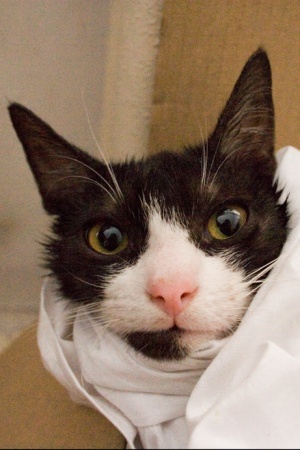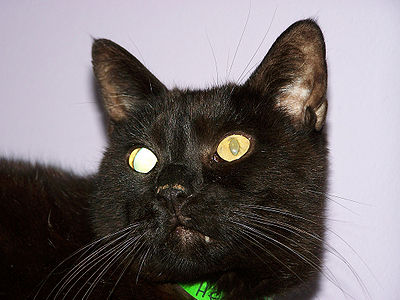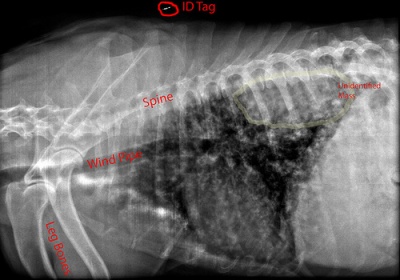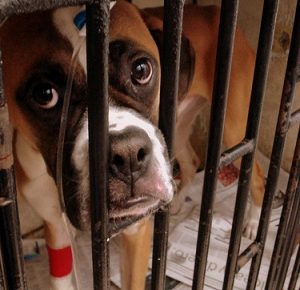
Ringworm is really not a worm, it’s a fungus. Ringworm is a zoonotic meaning it spreads from animals to humans. Called dermatophytes, these fungi live in soil, some in humans and others in animals. Those found in animals are called ringworm.
The ringworm found in animals is usually not itchy and less inflamed and reddish than in humans. Animal lesions are found in areas where there is hair loss and scaliness. The lesions are not always ring-shaped. Sometimes patches will disappear in one area and turn up in another skin location.
Contact with infected animals or their equipment spreads the ringworm. Not everyone who comes in contact with infected animals develops ringworm. Those most at risk are children, the elderly and those whose immune systems are compromised.
Diagnosis of ringworm is made by taking a culture. Your veterninarian will take some hair and skin scrapings from your pet, place it in material to see what grows. This process takes time, sometimes days or even a few weeks. There is a special ultraviolet light which when used on the infected area, will appear yellow-green. However this test is not always accurate as other conditions may appear to look the same.
Depending on the severity of the case, there are anti-fungal shampoos and creams or dips. An oral anti-fungal is used only in severe cases due to possible side effects. Program oral flea medication can treat ringworm as well. Your vet will determine which treatment is necessary for your pet.
It’s important to decontaminate the home so as not to re-infect.
Keep the infected animals in one area of the house. Vacuum often disposing immediately of vacuum bags. Wash or dispose of bedding, toys and rugs. You can use soap and water followed by a bleach solution (one part bleach to 10 parts water).
Treat as often as necessary.



